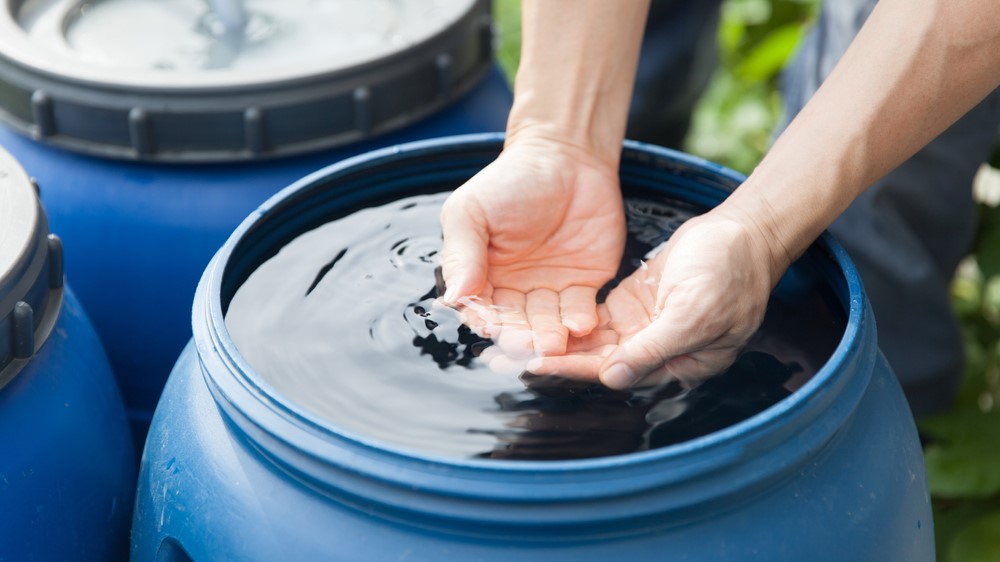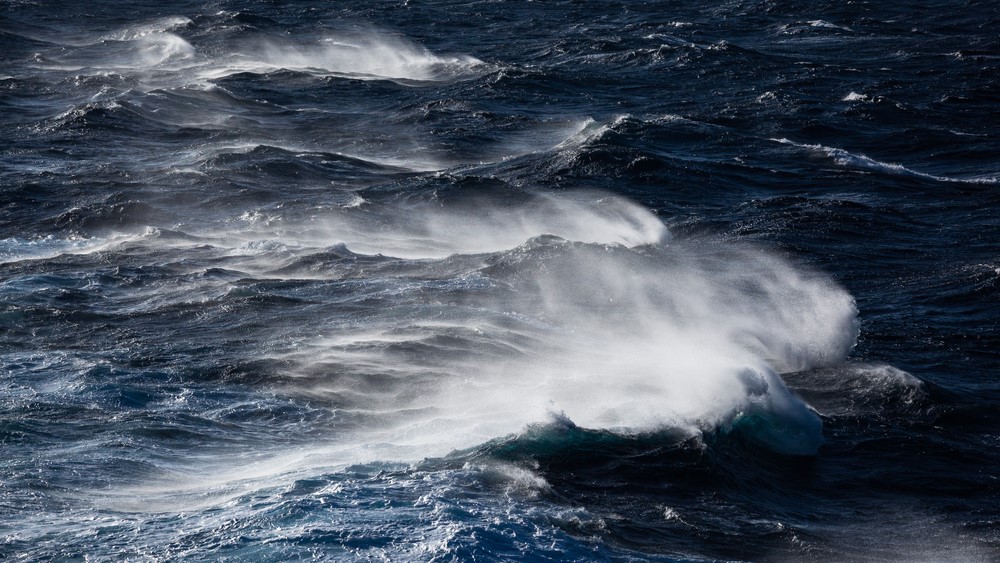
Is drinking rainwater safe?
New evidence suggests it may be riskier than previously thought.

If you stick out your tongue on a rainy day, you might think the drops you've tasted are the same as the water that comes out of your tap. But rainwater actually contains many microscopic ingredients that get filtered out before it is pumped into your home.
So is it safe to collect and drink rainwater?
There are a number of contaminants that can end up in the rainwater, such as bacteria, viruses, parasites, dust, smoke particles and other chemicals, according to the Centers for Disease Control and Prevention (CDC). If you collect rainwater from a roof, it could also contain traces left by animals, such as bird poop, and if the roof or drainpipes are old, materials such as asbestos, lead and copper could also end up in your tank. If rainwater is stored in an open container, it also may be full of insects and decaying organic matter, such as dead leaves. For these reasons, the CDC advises against collecting and drinking rainwater but recommends using it for other purposes, such as watering plants.
However, the levels of these contaminants can vary significantly depending on where you live, and the risk of illness depends largely on how much rainwater you drink. If you have a clean collection system and properly sterilize the rainwater, either with chemicals or by boiling and distillation, then most of the impurities can be removed. This has led to a lot of confusion about whether rainwater is unsafe to drink.
Related: Why can't we drink saltwater?
But now, in the modern age of human-made chemicals, there's a new risk associated with drinking rainwater. In a study published in August 2022 in the journal Environmental Science & Technology, researchers found that rainwater all over the globe has concentrations of toxic PFAS (per- and polyfluorinated alkyl substances) that exceed health guidelines. These findings mean that rainwater is definitely unsafe to drink, especially if it is untreated.
What are PFAS?
PFAS is a collective term for more than 1,400 human-made chemicals and substances that have historically been used for a range of products, including textiles, firefighting foams, nonstick cookware, food packaging, artificial turf and guitar strings, lead study author Ian Cousins, an environmental chemist at Stockholm University in Sweden, told Live Science in an email.
Sign up for the Live Science daily newsletter now
Get the world’s most fascinating discoveries delivered straight to your inbox.
However, "the current understanding of biological impacts is based primarily on studies of four perfluoroalkyl acids (PFAAs)," which is a subgroup of PFAS, Cousins said. These PFAAs include perfluorooctanesulfonic acid (PFOS), perfluorooctanoic acid (PFOA), perfluorohexanesulfonic acid (PFHxS) and perfluorononanoic acid (PFNA), which were the main focus of the study, he added.
Past research has shown that these chemicals are extremely toxic and can cause a wide range of problems — including different types of cancer, infertility, pregnancy complications, developmental problems, immune system conditions, and various diseases of the bowels, liver and thyroid — as well as potentially decrease the effectiveness of vaccines in children, Cousins said. PFAS are also likely to cause additional damage to the environment, but this idea has not been studied in as much detail, he added.

This evidence has led PFAAs and most other PFAS to be either banned or heavily restricted within the past 20 to 30 years, except in China and some other Asian countries, Cousins said. The health guidelines surrounding PFAS have also been readjusted to reflect the chemicals' toxicity. For example, in the U.S., the safe level of exposure to PFOA as determined by the Environmental Protection Agency (EPA) is 37.5 million times less than it once was, according to a statement by the researchers.
PFAS do not break down very easily, which means they remain in the environment long after they are produced and are just as toxic, Cousins said. This has led scientists to nickname PFAS "forever chemicals," he added.
Contaminated rainwater
In the study, researchers gathered data from rainwater samples collected across the globe, revealing that PFAS are still abundant in rainwater everywhere on Earth in concentrations above the safety guidelines set by the EPA and other similar regulatory bodies in other countries.
Experts had hoped that concentrations of PFAS might have started declining by now, but this is clearly not the case, Cousins said. Instead, researchers think PFAS represent a new planetary boundary, a conceptual limit beyond which something becomes unsafe to humans, that we have already exceeded, he added.
Related: Does drinking coffee help you live longer?
The most striking finding was that PFOA levels in rainwater are at least 10 times over the EPA's safe level at every location sampled on the planet, including the Tibetan Plateau and Antarctica.
The researchers are still unsure exactly how PFAS are being transported to the most remote parts of the globe, Cousins said. The team hypothesizes that PFAS on the surface of the ocean are being reinjected into the atmosphere by ocean spray and then transported to other regions, where they fall as rain; they plan to test this hypothesis in future research. It is also possible that PFAS are still leaking into the environment from landfills, Cousins added.

It is too early to predict the overall public health impacts PFAS-rich rainwater will cause around the globe, but they might already be underway. "We have been exposed at even higher levels for the past 20 to 30 years already," Cousins said. "We just now understand better the potential consequences of that exposure."
The impact of PFAS will likely be greater in developing countries where millions of people rely on rainwater as their only source of drinking water, Cousins said. But even in certain regions of developed nations, such as Western Australia, drinking rainwater is still surprisingly common, he added.
Even if rainwater is properly treated, there is still no guarantee that PFAS will have been removed. PFAS can also be found in low levels in drinking water from taps and bottles, although often at safe levels.
The levels of PFAS will eventually decrease as they get cycled into the deep ocean, but this is a gradual process that could take many decades, Cousins said.
Originally published on Live Science.

Harry is a U.K.-based senior staff writer at Live Science. He studied marine biology at the University of Exeter before training to become a journalist. He covers a wide range of topics including space exploration, planetary science, space weather, climate change, animal behavior and paleontology. His recent work on the solar maximum won "best space submission" at the 2024 Aerospace Media Awards and was shortlisted in the "top scoop" category at the NCTJ Awards for Excellence in 2023. He also writes Live Science's weekly Earth from space series.









